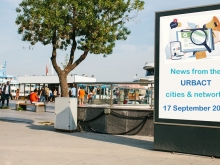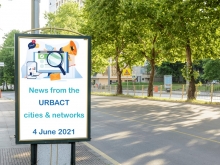Amsterdam
The specific challenge we wish to address in this Working group as a Project Partner is to interact with other European partners in the field of urban renewal and spatial planning. We would like to share our experiences on these themes and we are open to learn from other practices in order to improve the current approach in Amsterdam. An element of learning is how to make local urban renewal processes, with its own dynamics and interactions, a (more) common responsibility for the region and the city. Political decisions in the field of spatial and social-urban affairs are mainly made by the municipality. The connection with the region could be in this respect more tight. Lessons from other European partners could help Amsterdam to improve the current way of working.
Links between Urban Regeneration and Spatial Planning
The whole spectrum of urban renewal has a relationship with spatial planning. Most obvious is the restructuring of existing neighbourhoods. But also economic programs (restructuring local shopping streets) and social programs (neighbourhood centers) have influence on the spatial organization and therefore spatial planning.
In urban renewal projects there is no larger consideration of existing spatial laws or boundaries then in normal spatial projects. In all cases projects must comply with the general spatial recommendations such as ecological requirements, noise reduction, height restrictions and so on.
SOME RELATED NETWORKS
Nodus
ACCESS
News
News from our cities and networks – 17 September 2021
Article
Governing commons, is it even possible?
News
News from our cities and networks – 4 June 2021
News
News from our networks – 9 April 2021
Article







